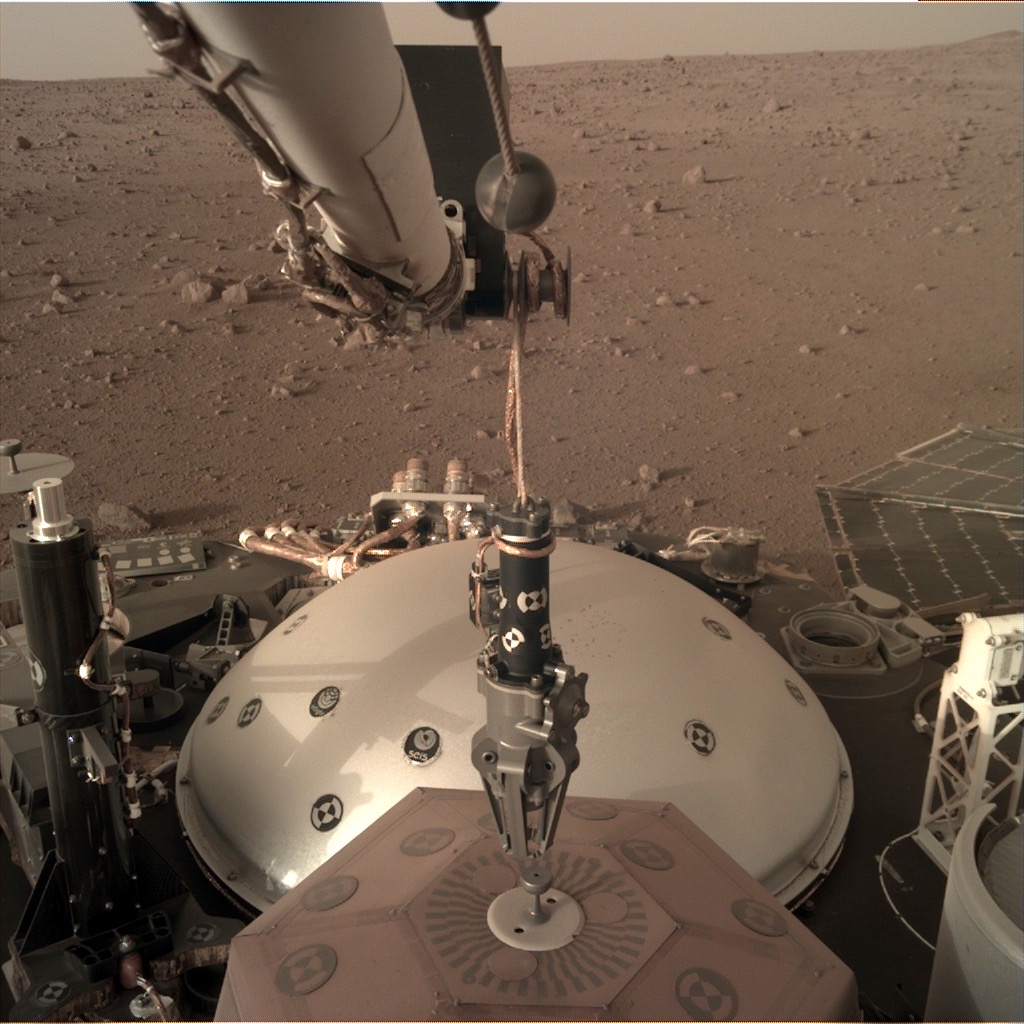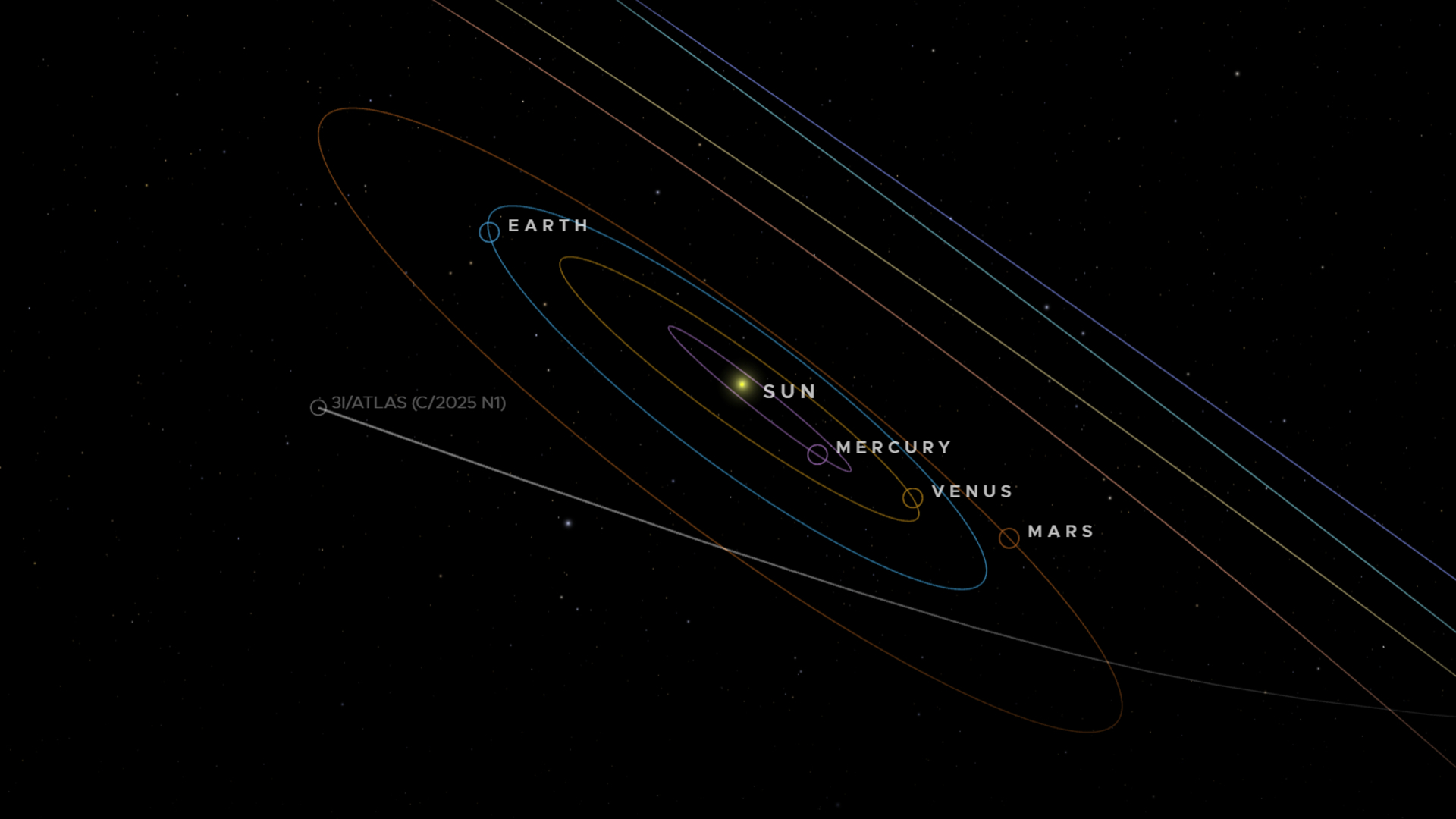NASA's InSight Lander Plays the Claw Game on Mars for 1st Time (Video)
Thankfully, NASA's InSight Mars lander is far better at the claw game than I am.
The robot, which landed on the Red Planet on Nov. 26, has already used its claw-like grapple to snag one of its main science instruments, as a newly released image sequence shows. You can see a video of InSight's Martian claw game.
"Who knew that practicing the claw game would come in handy for exploring #Mars? I’ve got a grip on my seismometer and am preparing to set it down. http://go.nasa.gov/InSightRaws," mission team members wrote yesterday (Dec. 17) via InSight's Twitter account.
The $850 million InSight mission aims to map the Martian interior in unprecedented detail, primarily using that seismometer suite and a burrowing heat probe. Both of these instruments must be placed directly on the red dirt — a first for any Mars mission.
That's where the lander's five-fingered, wax-actuated claw comes in. The seismometer and heat probe both sport little knobs for the claw to grab onto, as you can see in the photos.
If the InSight team does indeed plan to deploy the seismometer soon, then things are moving a bit faster than expected. Just after landing, mission team members said they likely wouldn't be ready to deploy for two to three months.
InSight is short for "Interior Exploration using Seismic Investigations, Geodesy and Heat Transport." The lander launched in May with two briefcase-size fly-along probes called MarCO-A and MarCO-B, which became the first cubesats ever to explore interplanetary space.
Breaking space news, the latest updates on rocket launches, skywatching events and more!
The two MarCOs also beamed home data from InSight during the lander's harrowing touchdown sequence on Nov. 26.
InSight's mission is scheduled to last one Mars year, which is nearly two Earth years. During this time, the lander's handlers will also track InSight's position on the Red Planet's surface precisely, which will tell them how much Mars wobbles on its axis. This information, in turn, should reveal key details about the planet's core.
The data gathered by the mission will help researchers better understand how rocky planets such as Mars, Earth and Venus form and evolve, NASA officials have said.
Mike Wall's book about the search for alien life, "Out There" (Grand Central Publishing, 2018; illustrated by Karl Tate) is out now. Follow him on Twitter @michaeldwall. Follow us @Spacedotcom or Facebook. Originally published on Space.com.

Michael Wall is a Senior Space Writer with Space.com and joined the team in 2010. He primarily covers exoplanets, spaceflight and military space, but has been known to dabble in the space art beat. His book about the search for alien life, "Out There," was published on Nov. 13, 2018. Before becoming a science writer, Michael worked as a herpetologist and wildlife biologist. He has a Ph.D. in evolutionary biology from the University of Sydney, Australia, a bachelor's degree from the University of Arizona, and a graduate certificate in science writing from the University of California, Santa Cruz. To find out what his latest project is, you can follow Michael on Twitter.

